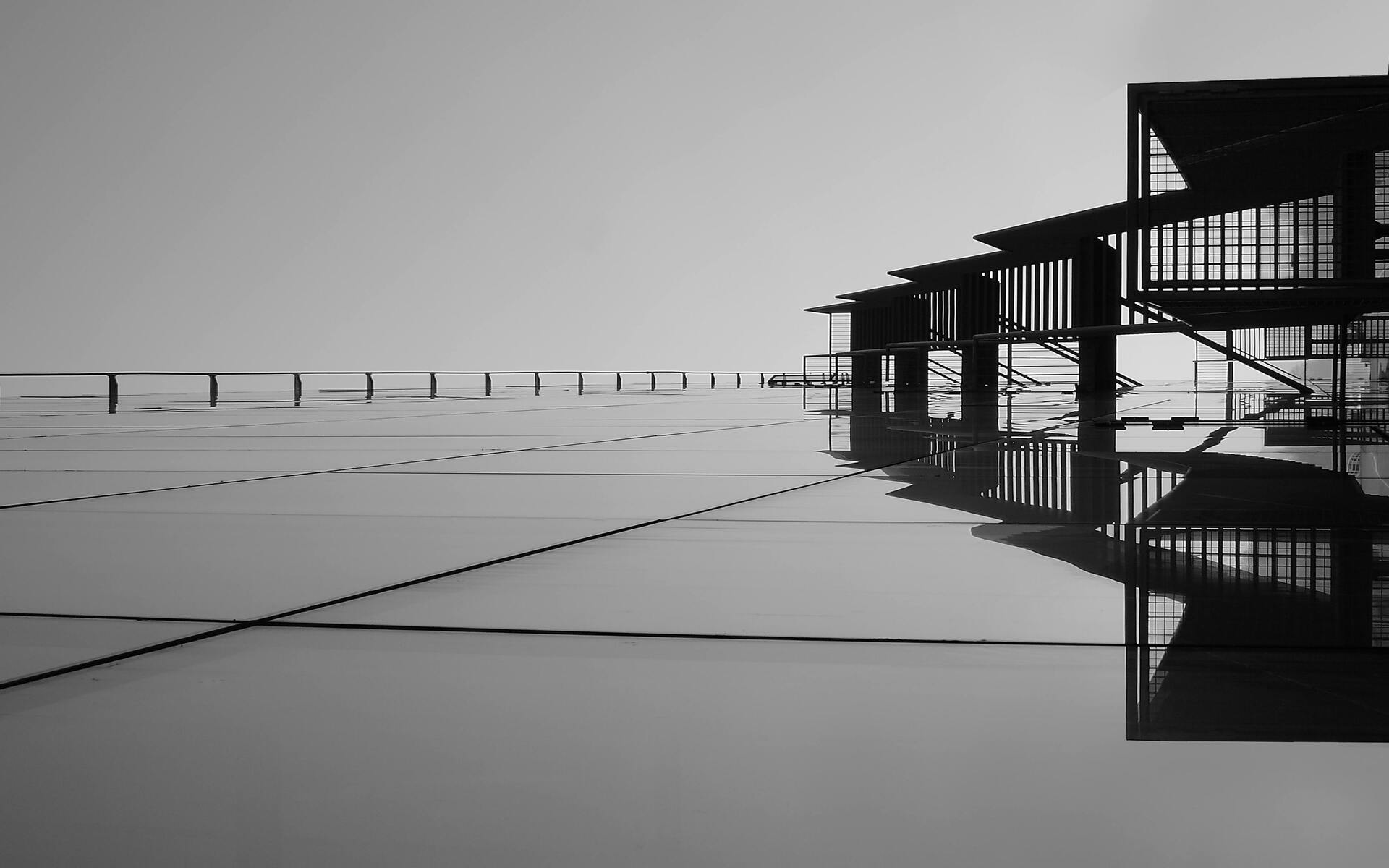
FAQ About Architectural Photography
Architectural Photography
2 years ago | gizem
What is the best camera lens for architectural photography?
The best camera lens for architectural photography can vary depending on your specific needs and shooting style. Architectural photography often requires a combination of lenses to capture various aspects of a building or structure effectively. Here are some lens options commonly used in architectural photography:
Wide-Angle Lens (e.g., 14mm to 24mm):
- Pros: Wide-angle lenses allow you to capture entire buildings, interiors, or expansive architectural scenes. They emphasize space and create a sense of grandeur.
- Cons: Wide-angle lenses can introduce perspective distortion, such as converging vertical lines, which may need correction in post-processing or using a tilt-shift lens.
Tilt-Shift Lens (e.g., 24mm Tilt-Shift):
- Pros: Tilt-shift lenses are designed specifically for architectural photography. They allow you to control perspective distortion, keep vertical lines straight, and achieve perfect symmetry without post-processing.
- Cons: Tilt-shift lenses are typically expensive and have a learning curve, requiring practice to master their unique functions.
Prime Lenses (e.g., 35mm or 50mm):
- Pros: Prime lenses offer excellent optical quality, sharpness, and minimal distortion. They are great for capturing architectural details, interior shots, and artistic compositions.
- Cons: Prime lenses don't have zoom capabilities, so you'll need to physically move to frame your shots.
Ultra-Wide-Angle Lens (e.g., 12mm to 16mm):
- Pros: Ultra-wide-angle lenses provide an even wider field of view than standard wide-angle lenses, making them suitable for capturing very expansive scenes.
- Cons: Similar to wide-angle lenses, ultra-wide-angle lenses can introduce perspective distortion, and care is needed to maintain straight lines.
Zoom Lenses (e.g., 16-35mm or 24-70mm):
- Pros: Zoom lenses offer versatility and convenience. They can cover a range of focal lengths, allowing you to adapt to different shooting situations without changing lenses.
- Cons: While zoom lenses are versatile, they may not offer the optical quality and minimal distortion of prime or tilt-shift lenses.
Macro Lens (e.g., 90mm or 100mm):
- Pros: Macro lenses are excellent for capturing intricate architectural details and close-up shots of textures, patterns, or ornamentation.
- Cons: They are specialized lenses and may not be the primary choice for broader architectural shots.
Fisheye Lens:
- Pros: Fisheye lenses offer a unique and dramatic perspective, producing curved lines and an exaggerated sense of space.
- Cons: The extreme distortion introduced by fisheye lenses may limit their use for certain architectural subjects. They are often used for creative and artistic effects.
